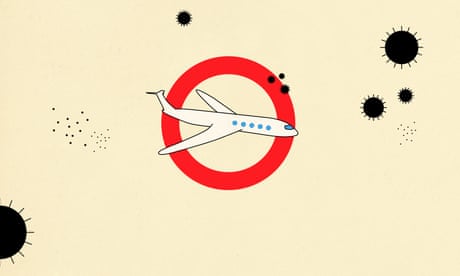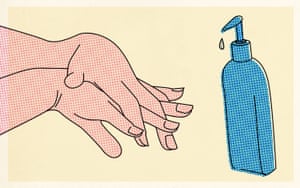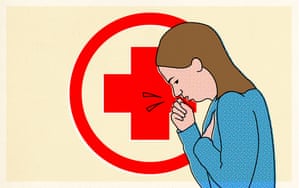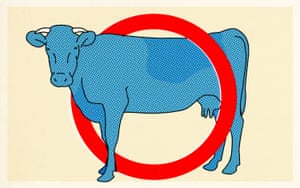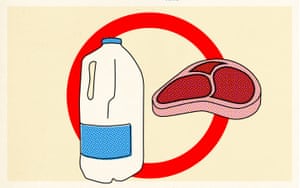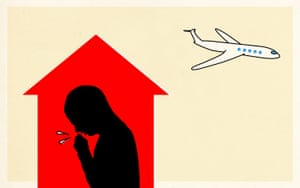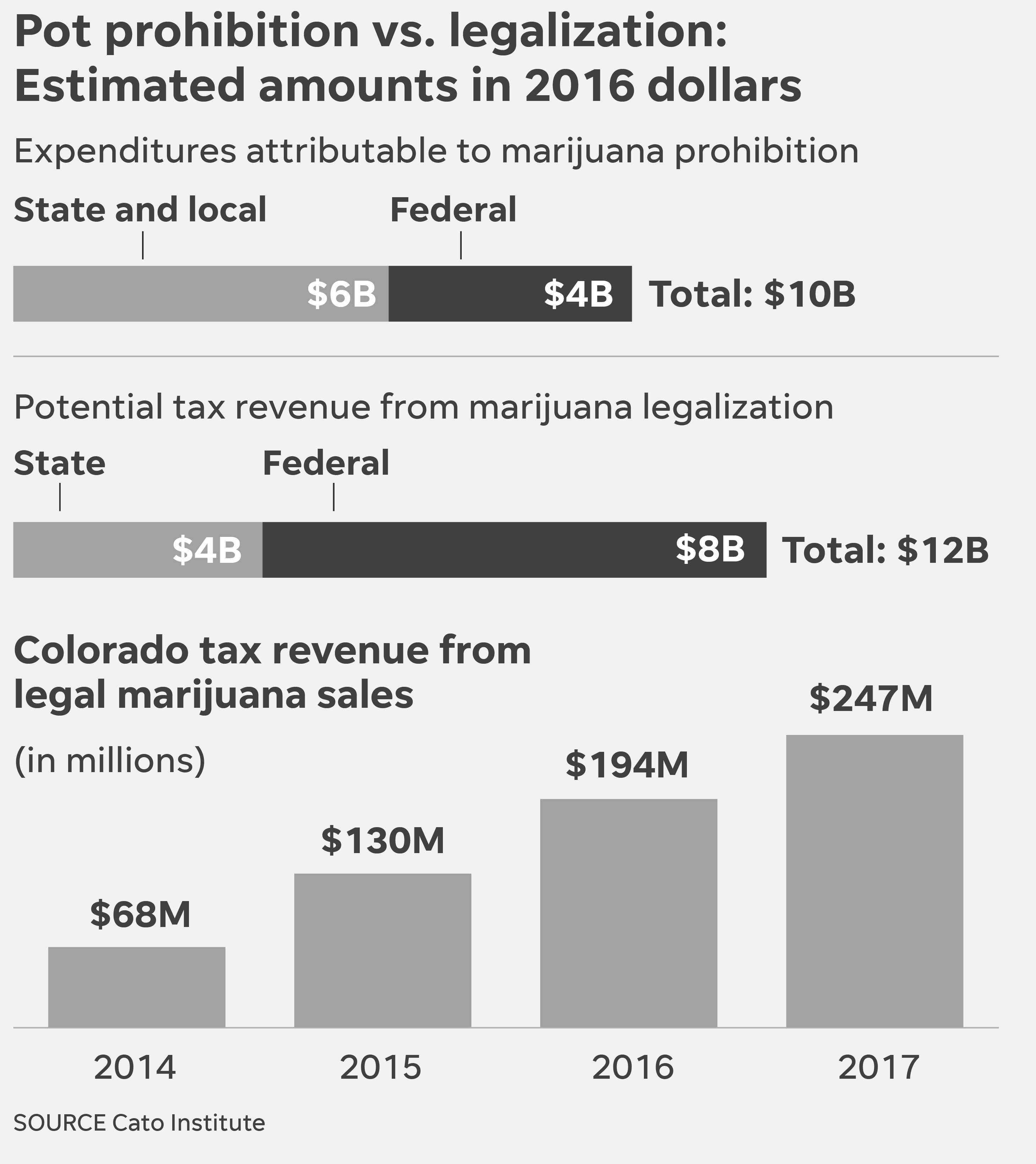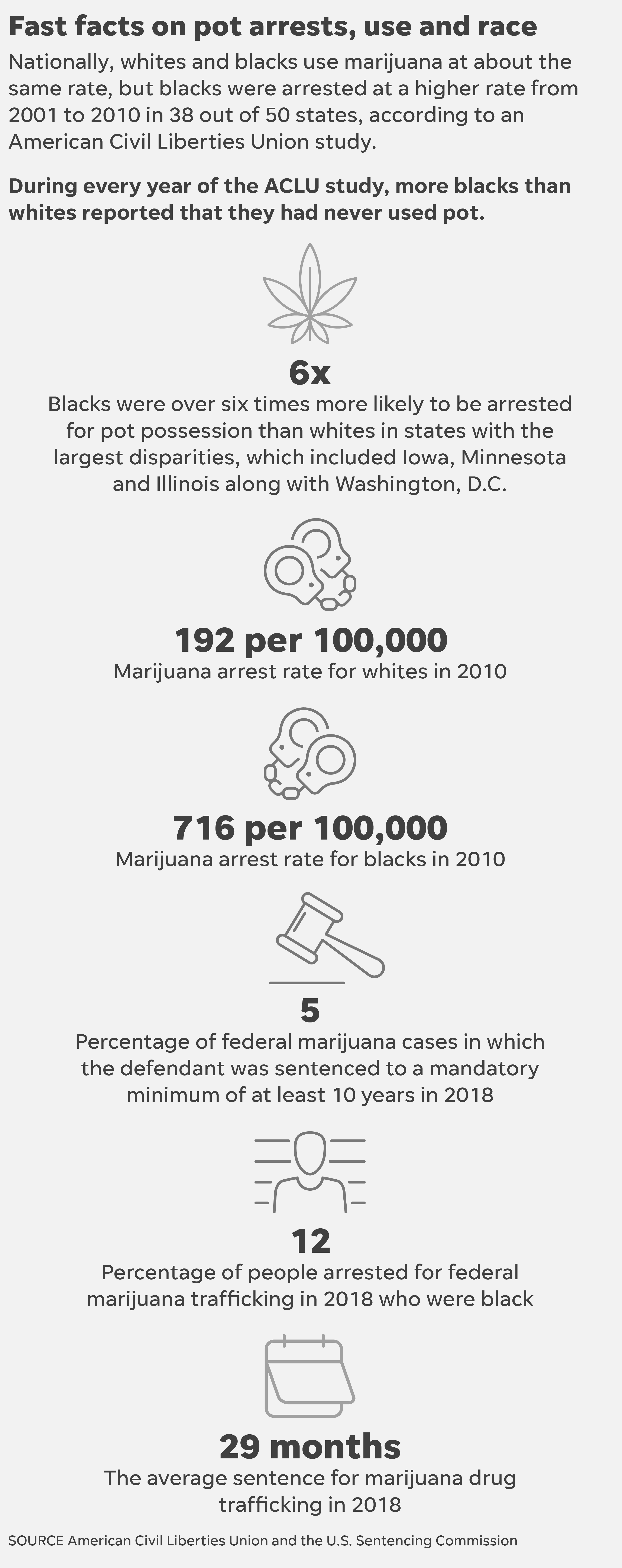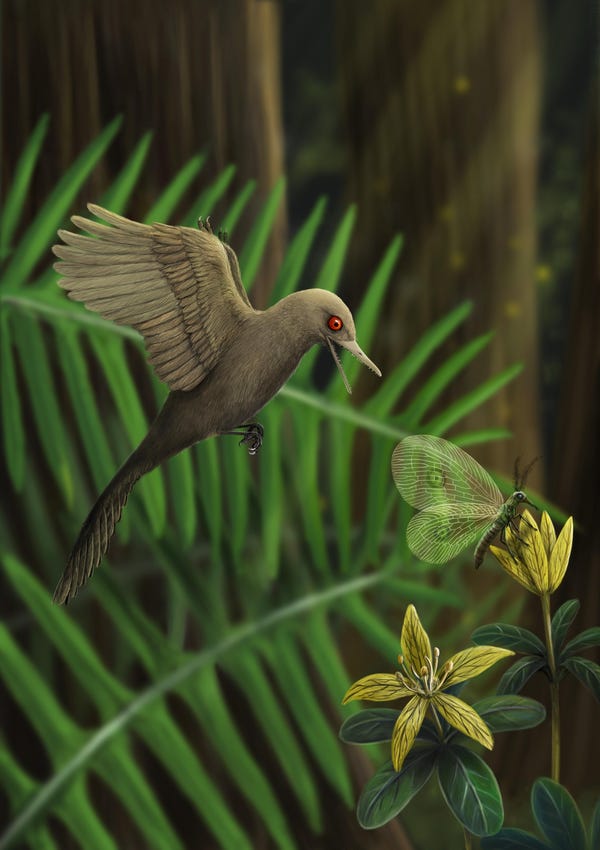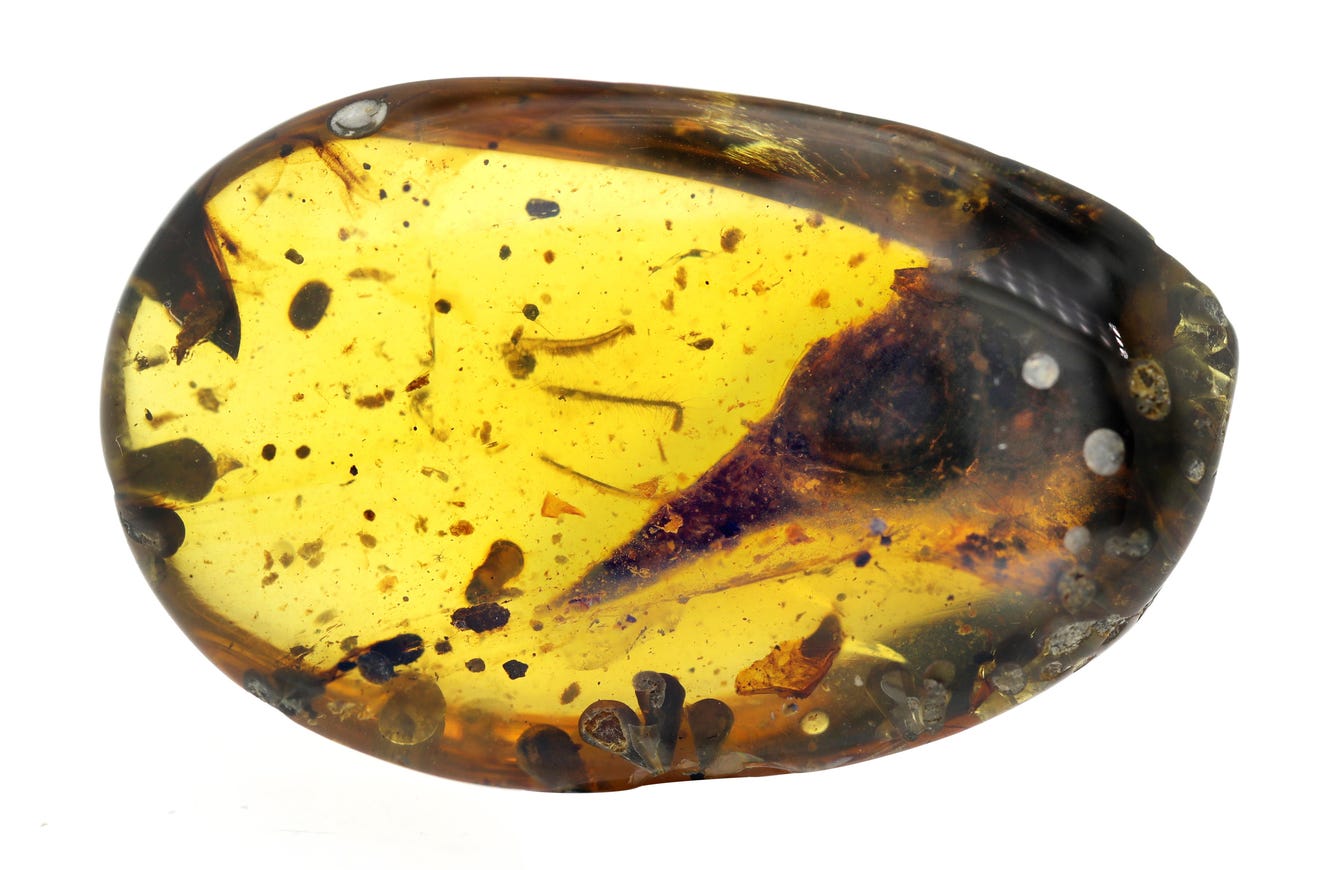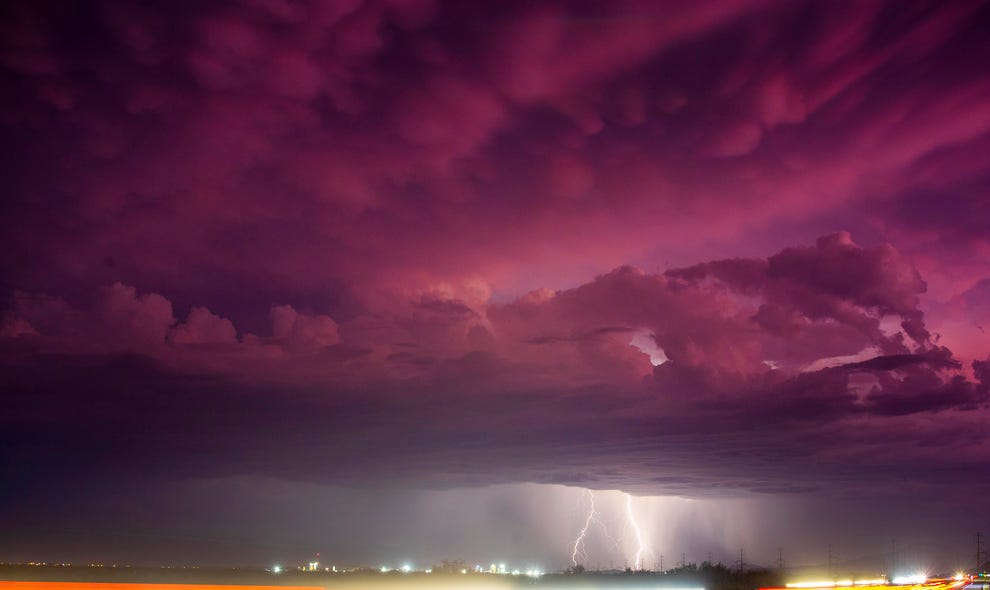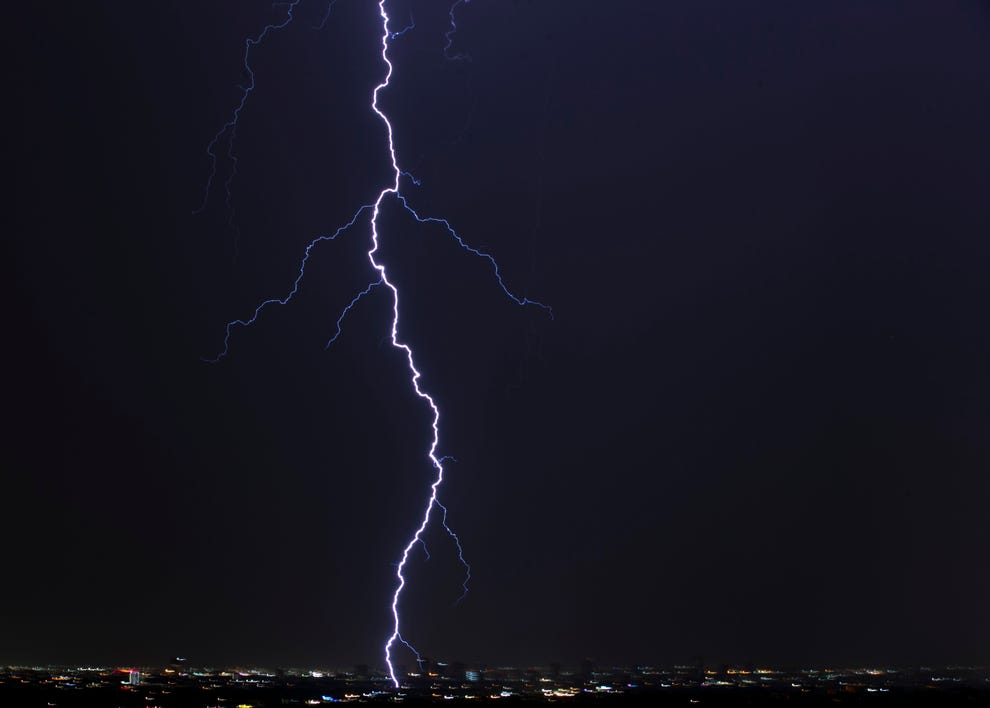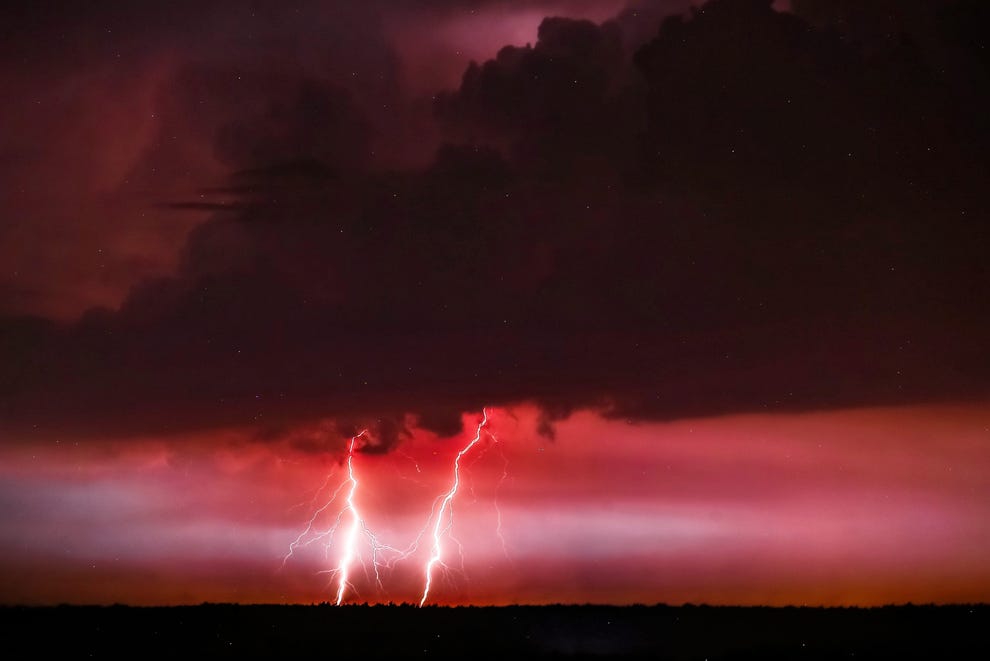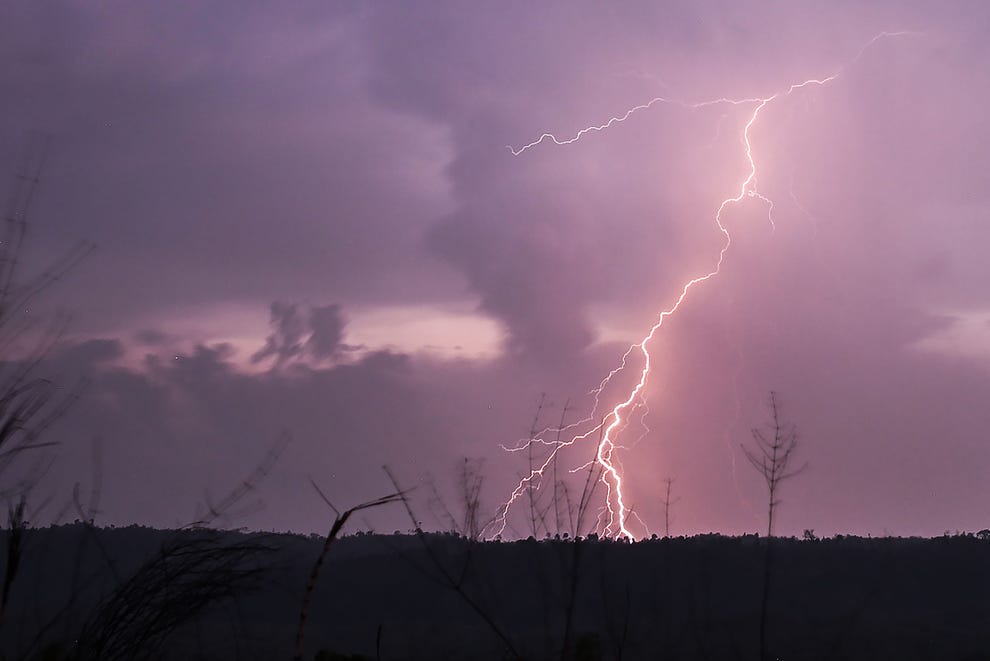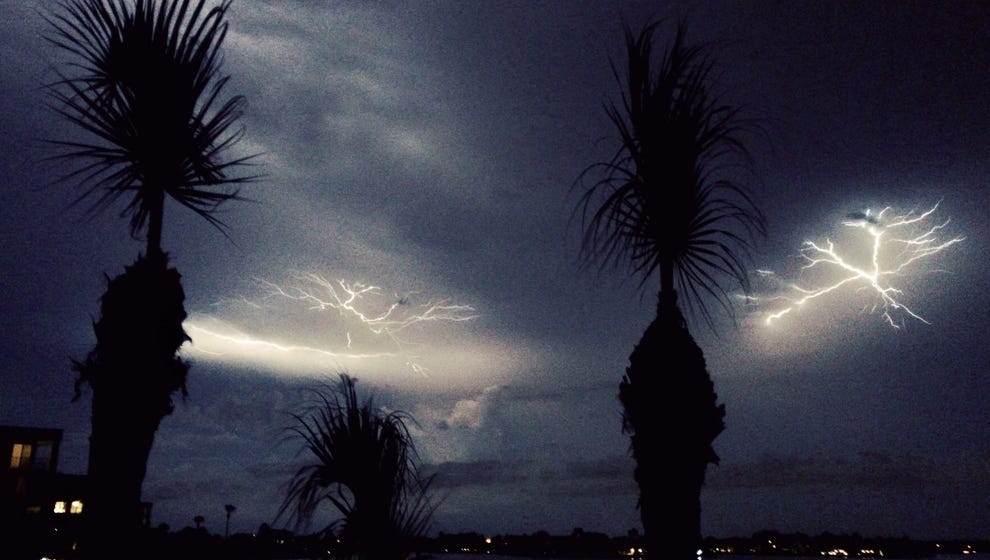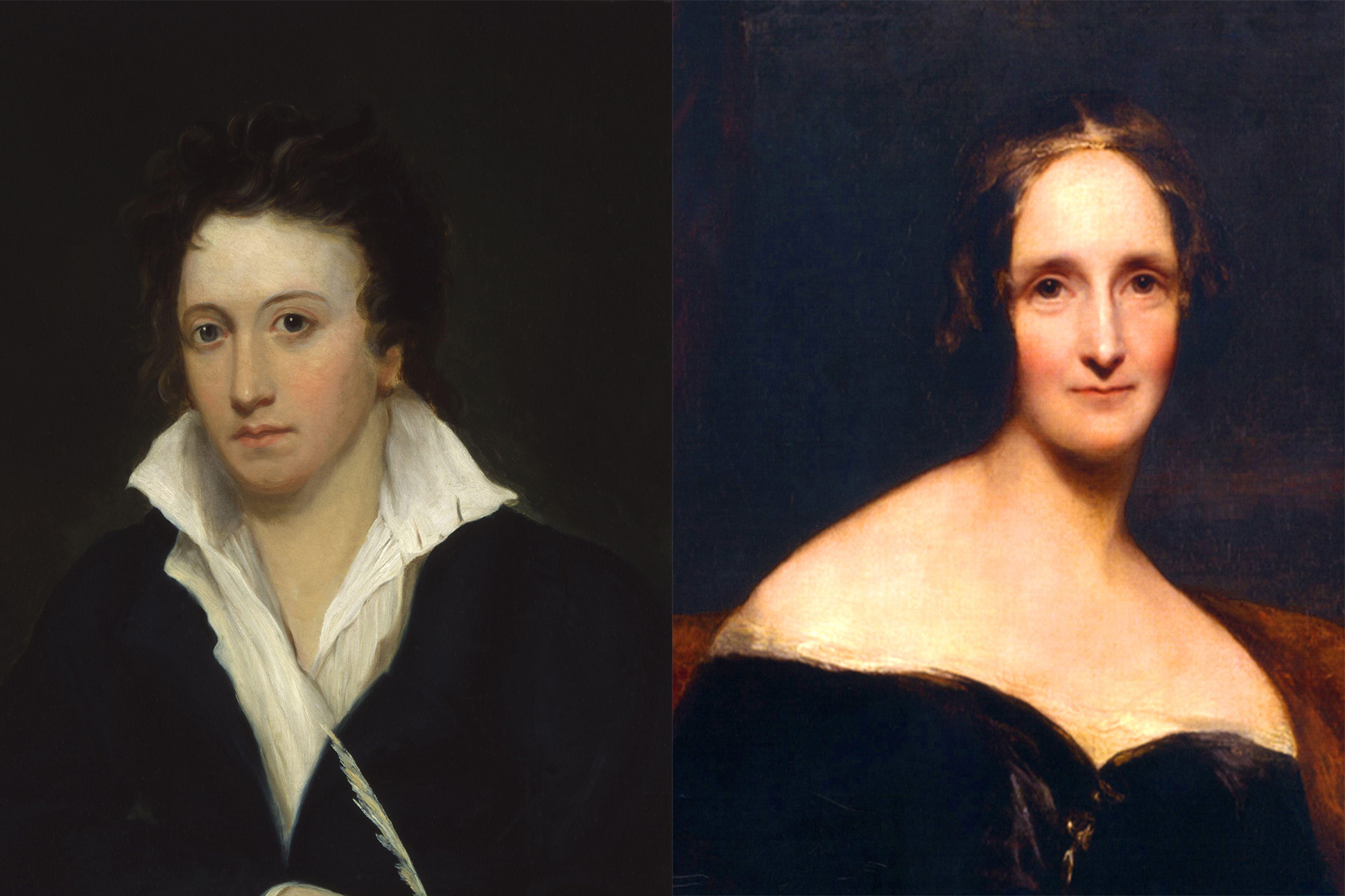Bolsonaro and Amlo slammed for snubbing coronavirus warnings
THEY ARE BOTH NEOLIBERALS ONE IS RIGHT WING THE OTHER IS A SOCIAL DEMOCRAT
Brazilian and Mexican leaders mingle with public
Critics say populists should set example as outbreak grows

Jair Bolsonaro greets supporters in Brasilia. Photograph: Sergio Lima/AFP via Getty Images
Tom Phillips in Rio de Janeiro and David Agren in Mexico City
Published onSun 15 Mar 2020
Tom Phillips in Rio de Janeiro and David Agren in Mexico City
Published onSun 15 Mar 2020
The populist leaders of Brazil and Mexico have come under fire after publicly thumbing their noses at growing fears over the spread of the coronavirus.

Trump 'offers large sums' for exclusive access to coronavirus vaccine
Read more
In recent days both Brazil’s Jair Bolsonaro and Mexico’s Andrés Manuel López Obrador – nationalists from opposite ends of the political spectrum – have enraged opponents and observers by making high-profile public appearances in which they came into close physical contact with citizens.
They did so in defiance of medical advice and despite growing alarm over the spread of the virus through Latin America, where at least 17 countries have confirmed cases.
Bolsonaro, a far-right rabble-rouser who recently dismissed coronavirus as a media “fantasy”, left his presidential palace on Sunday to exchange fist bumps and mingle with supporters who turned out for highly controversial protests targeting Brazil’s democratic institutions.
“This is priceless. We politicians must change Brazil’s destiny,” Bolonsaro enthused during his hour-long jaunt, during which he used supporters’ mobile phones to take selfies before handing them back into the crowd.
Bolsonaro left his palace despite reportedly being placed in isolation there on Friday after members of a Brazilian delegation to the US, which he led, were found to have contracted the virus.
Bolsonaro claimed he tested negative for coronavirus on Friday after initial reports that a preliminary test came back positive.
The president is due to repeat the test next week and at least five senior officials have been confirmed to have coronavirus, including communications chief Fábio Wajngarten and ambassador to the US Nestor Forster.
On Friday one of Bolsonaro’s doctors told the conservative Estado de São Paulo newspaper the president would be “quarantined” until early next week. Bolsonaro’s decision to ignore that advice on Sunday sparked fury among critics and commentators.
Gleisi Hoffmann, president of Brazil’s leftist Workers’ party, tweeted: “The country needs a responsible and serious government that thinks first about the population. But what we have in the presidency is a loud-mouthed coward who behaves like a boor.”
The political commentator Vera Magalhães tweeted: “President Bolsonaro is promoting corona day”
Major cities including Rio de Janeiro and São Paulo have unveiled tough measures to fight coronavirus, including the closure of schools, creches, nightclubs and cinemas. Brazilian authorities have confirmed at least 121 cases and have advised citizens to remain at home.
But on Sunday Bolsonaro used his official Twitter account to encourage controversial street protests targeting his political enemies in congress. One prominent Bolsonarista congressman tweeted: “Pandemic my arse”.
In an editorial, the Estado de São Paulo lamented: “The major crisis Brazil now faces isn’t the stuttering economy or the threat of coronavirus. The real crisis is lacking a government when one is needed most.”
 Andres Manuel Lopez Obrador with supporters in Acapulco on Friday. Photograph: David Guzman/EPA
Andres Manuel Lopez Obrador with supporters in Acapulco on Friday. Photograph: David Guzman/EPAMexico’s leftwing president, López Obrador, who some compare to Bolsonaro despite their ideological differences, is also facing criticism for what many see as his cavalier attitude to the crisis.
On Saturday, as authorities announced schools would be suspended until at least 20 April, he tweeted a video of himself hugging fans, posing for photos and even kissing one child during a visit to the south-western state of Guerrero.
“Leaving the hotel in Ometepec, I greeted and attended to the petitions of the people,” López Obrador tweeted.
The president, best known as Amlo, also suggested Mexicans read Love in the Time of Cholera by Gabriel García Márquez, calling it “a balm to calm us”.
Confirmed Covid-19 cases in Mexico continued to increase: 41 were counted on Saturday, according to the health secretariat, 15 more than the day before.
Mexico has been slow to impose travel restrictions and testing has been scant. The public education secretariat, however, announced an extension of the Easter break, starting on 20 March.
Not all public events have been called off, with Amlo’s administration citing economic considerations. The Mexican football league continues and a massive music festival headlined by Guns N’ Roses attracted 40,000 fans on Saturday.
Xavier Tello, a healthcare consultant in Mexico City, said health authorities were slowly changing their position but their leader remained in “total denial”.
“And that’s dangerous,” he said.
On Sunday morning, López Obrador briefly alluded to the global health crisis, telling reporters: “I have great faith that we will move our dear Mexico forwards, that misfortunes and pandemics won’t affect us. Nothing of the sort.”

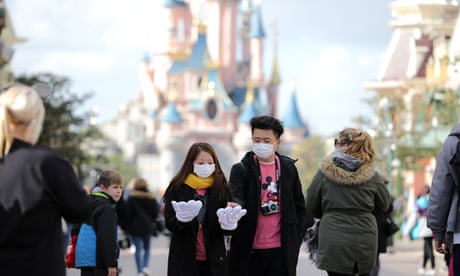

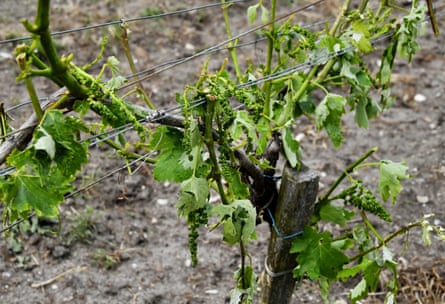 Vines damaged and without leaves in a vineyard in Cognac following a violent storm in the region during 2018. Photograph: Georges Gobet/AFP via Getty Images
Vines damaged and without leaves in a vineyard in Cognac following a violent storm in the region during 2018. Photograph: Georges Gobet/AFP via Getty Images Cognac makers are engineering completely new varieties of grapes that are more resistant to disease and extreme weather conditions. Photograph: Charbeau Stéphane/BNIC
Cognac makers are engineering completely new varieties of grapes that are more resistant to disease and extreme weather conditions. Photograph: Charbeau Stéphane/BNIC